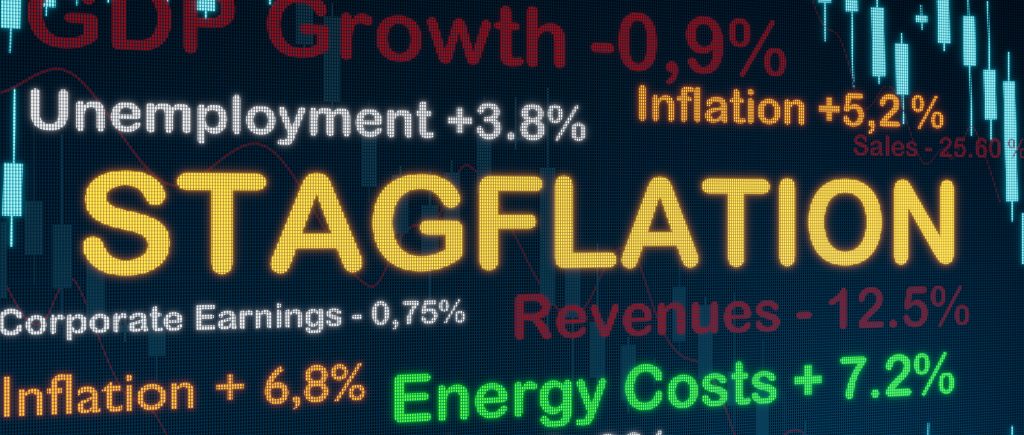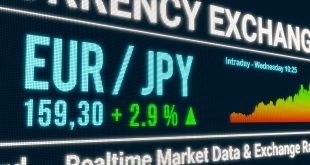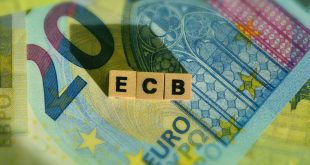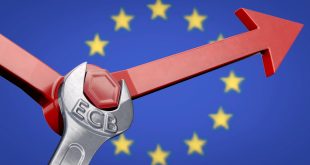The US economy teeters on the brink of stagflation—surging inflation, stagnant growth, and rising unemployment—driven by President Donald Trump’s $3.8 trillion tax bill, passed by the House on May 22, 2025, and now awaiting Senate approval. With a $36.2 trillion debt pile, Moody’s Aa1 downgrade, and tariff-driven price hikes, markets face turmoil. If stagflation becomes the norm, stocks, bonds, gold, and the dollar could face wild swings. Expert consensus warns that the Federal Reserve, under Chair Jerome Powell, must act decisively to avert a 1970s-style crisis, urging consumers and investors to brace for economic upheaval.
Tax Bill Fuels Deficit, Threatens Stability
The Congressional Budget Office projects Trump’s tax bill—slashing taxes, cutting Medicaid, and taxing universities—will add $3.8 trillion to the deficit over a decade, ballooning the US’s unsustainable debt. Moody’s downgrade on May 16, 2025, citing fiscal strain, has pushed 10-year Treasury yields to 4.55%, raising borrowing costs. The 2011 debt ceiling crisis, which spiked yields and slowed growth, looms large. Expert consensus urges Congress to embrace efficient budgeting to spur growth, warning that unchecked spending could choke investment and destabilize markets, despite short-term hopes the bill might stabilize tax policy.
Tariffs and Global Pressures Ignite Inflation
Trump’s volatile tariffs, even with a 90-day US-China truce, disrupt supply chains, driving up prices for goods like apparel and cars. The Conference Board’s April 2025 survey showed consumer confidence at a five-year low, though retail sales rose as buyers preempted cost increases. Global factors—rising deficits, trade restructuring, and rearmament—fuel inflation, projected to exceed 2% through 2027. The 1970s stagflation, with inflation peaking at 14%, offers a grim precedent; today’s risks are less extreme but growing. Expert consensus presses Powell to hold the Fed’s 4.25%-4.50% rates steady, as premature cuts could unleash runaway prices.
Asset Reactions if Stagflation Takes Hold
If stagflation becomes entrenched, financial assets would face severe turbulence:
Stocks: Equities, like the S&P 500 (down 0.04% on May 22), could plummet 15-20%, as seen in the 1970s, with high inflation eroding profits and weak growth crushing demand. Tech-heavy Nasdaq (+0.15%) may fare worse due to high valuations.
Bonds: Treasury yields, already at 4.55% for 10-year notes, could climb toward 6%, pushing bond prices down as investors demand higher returns to offset inflation. The 1980 bond rout saw 30-year yields hit 15%.
Gold: Safe-haven gold, trading at $3,289, could surge past $3,500, as in 1979 when it doubled amid stagflation fears, driven by dollar weakness and geopolitical risks like Middle East tensions.
US Dollar: The US Dollar Index (DXY), at 99.86, could weaken 5-10%, as in the 1970s, with investors fleeing to stronger currencies like the yen or euro amid debt and inflation woes.
Expert consensus advises investors to cap equity exposure, hold short-term bonds, and increase gold allocations to 5-10% of portfolios, while hedging forex risks with diversified currencies. These shifts reflect stagflation’s brutal impact, favoring assets that thrive in inflationary, low-growth environments.
Fed’s Impossible Balancing Act
Powell’s Fed, credited for a soft landing, faces a brutal dilemma: fighting inflation risks job losses, while easing rates could spike prices. May’s Jobless Claims fell to 227,000, but upcoming labor data will test resilience. The 2022 tightening cycle slowed inflation but hurt growth, warning of overreach. Expert consensus calls for data-driven caution, urging Powell to track tariff effects and global deficits to avoid a stagflation trap. Businesses, pausing expansions amid uncertainty, underscore the need for clarity, with consumer confidence at a five-year low signaling broader unease.
Consumers must act now: pay off high-interest debt to free up budgets, stash savings in high-yield accounts offering 4% returns, and avoid panic buying despite tariff-driven price fears. Investors should pivot to gold and safe-haven currencies, as markets brace for volatility. Expert consensus stresses coordinated policy, citing 2020’s recovery as proof discipline works. Without fiscal restraint and global alignment, Trump’s tax bill could cement stagflation, plunging the US into an economic quagmire with ripple effects across stocks, bonds, and beyond.

 Noor Trends News, Technical Analysis, Educational Tools and Recommendations
Noor Trends News, Technical Analysis, Educational Tools and Recommendations




